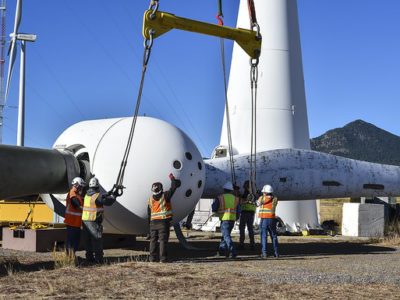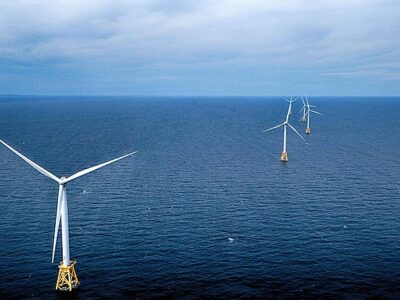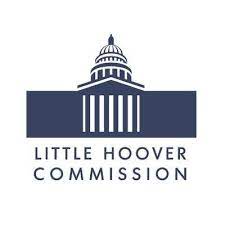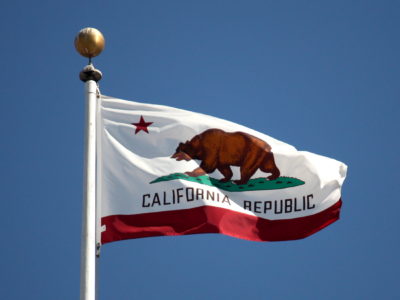California
How Sackett Will Hurt Endangered Species In California
And what the state can do about it
Others have already posted about the Supreme Court’s Sackett decision that significantly cuts back on the geographic scope of Clean Water Act Section 404 regulation protecting wetlands. Understandably, there has been a lot of attention to the direct effects of that change, which means that federal permitting will no longer apply to many wetlands in …
Continue reading “How Sackett Will Hurt Endangered Species In California”
CONTINUE READINGUCLA Clinic Submits Amicus Brief in Water Rate Design Case
A trial court decision invalidated the City of San Diego’s tiered water rates. This amicus brief by the Environmental Law Clinic on behalf of California Coastkeeper Alliance and Los Angeles Waterkeeper argues a reversal is needed to pursue conservation and equity.
Court challenges to the use of tiered water rates in California are threatening the state’s own water conservation and affordability goals. That’s what’s at stake in a case called Patz v. City of San Diego. Climate change is intensifying California’s hydrologic variability and exacerbating the state’s water supply challenges. Dwindling water supplies have led …
Continue reading “UCLA Clinic Submits Amicus Brief in Water Rate Design Case”
CONTINUE READINGCommunity Benefits Agreements (CBAs) and Offshore Wind
Community Benefit Agreements (CBAs) can provide tools for California communities negotiating offshore wind development impacts
Offshore wind is one of many renewable industries taking off in California as the state accelerates infrastructure investment and development to meet its climate targets. The California Energy Commission has adopted planning goals of 2-5 GW of offshore wind (OSW) by 2030 and 25 GW by 2045. Other state goals include reducing greenhouse gas emissions …
Continue reading “Community Benefits Agreements (CBAs) and Offshore Wind”
CONTINUE READINGStakeholder Engagement in California Offshore Wind Development
State leaders have an opportunity to forge a national example on stakeholder engagement and energy justice.
As California continues to develop plans for floating offshore wind (OSW) implementation, state leaders have an opportunity to forge a national example on stakeholder engagement and energy justice. California can achieve this, not just by (for example) incorporating environmental justice (EJ) principles into agency analysis and planning or by increasing consultation with tribal entities, but …
Continue reading “Stakeholder Engagement in California Offshore Wind Development”
CONTINUE READINGCEQA, California’s Housing Crisis & the Little Hoover Commission
State Watchdog Agency’s Scheduled CEQA Hearings Could Prompt Major Changes to California’s Most Important Environmental Law
Beginning today, California’s “Little Hoover Commission” will convene a series of three public hearings to consider how well–or poorly–the state’s California Environmental Quality Act (CEQA) is currently working. A special focus of the Commission’s deliberations will be whether and to what extent California’s most important and overarching environmental law is impeding efforts by the Legislature …
Continue reading “CEQA, California’s Housing Crisis & the Little Hoover Commission”
CONTINUE READINGWhy the Bay Area’s Zero-Emission Appliance Rule is a Big Deal
BAAQMD’s trailblazing rule will ban the sale of new gas furnaces and water heaters to combat nitrogen oxide pollution. It marks a big victory for public health and the planet.
Air quality officials in the San Francisco Bay Area just made history by moving to adopt the nation’s first rules phasing out new gas-fueled water heaters and furnaces in homes and businesses within about eight years. This action serves as a major step in the effort to curb health-harming and planet-warming emissions from buildings. Several cities …
Continue reading “Why the Bay Area’s Zero-Emission Appliance Rule is a Big Deal”
CONTINUE READINGThe fight over California’s greenhouse gas and ZEV car standards continues
UCLA Clinic files amicus brief on behalf of Sen. Carper and Rep. Pallone to uphold standards
Of the many achievements of California’s legendary legislator Fran Pavley, one of the most remarkable is then-Assemblywoman Pavley’s modest bill, AB 1493, which directed California to become the first jurisdiction in the country to control greenhouse gas emissions from cars. That bill, introduced in 2001 and passed the next year, told the California Air Resources …
Continue reading “The fight over California’s greenhouse gas and ZEV car standards continues”
CONTINUE READINGSupercharging Electrolyzers to Support Zero-Emission Hydrogen Generation
New CLEE/UCLA report identifies policy solutions to grow electrolyzer adoption
Join us for a webinar on December 13 at 12 PM to discuss the report’s findings. Hydrogen could play a critical role in helping California to decarbonize its electricity grid and achieve carbon neutrality. The gas can be generated from surplus renewable energy resources (like solar or wind) to create zero-emission (or “green”) hydrogen. The …
Continue reading “Supercharging Electrolyzers to Support Zero-Emission Hydrogen Generation”
CONTINUE READINGRealizing Equitable Outcomes in Climate Action Plan Implementation
As my colleagues Katie Segal, Ted Lamm, and Ross Zelen have described, our team at CLEE released an analysis earlier this month detailing how San Francisco can fund implementation of its Climate Action Plan. Katie provided an overview of the city’s Climate Action Plan (CAP), describing how San Francisco will need to secure tens of billions …
Continue reading “Realizing Equitable Outcomes in Climate Action Plan Implementation”
CONTINUE READINGBuilding to Burn
Examining whether California law facilitates development in fire-prone areas
All too many Californians have lost their homes, and even their lives, as fires have raced through exurbs, suburbs, and even portions of towns and cities over the past several years. A key issue that policymakers are wrestling with is the extent to which new development has increased the risk to people and property from …
Continue reading “Building to Burn”
CONTINUE READING










